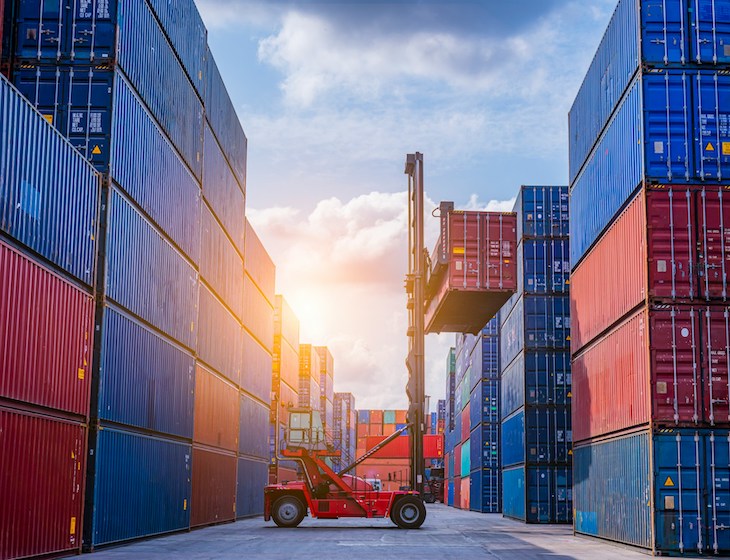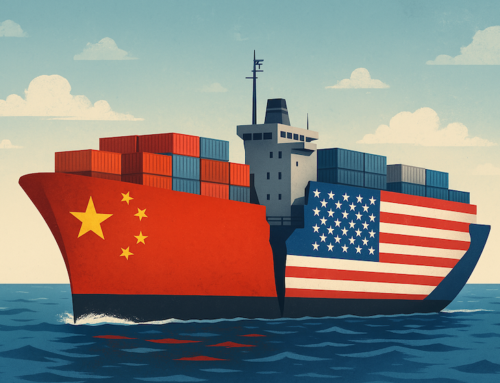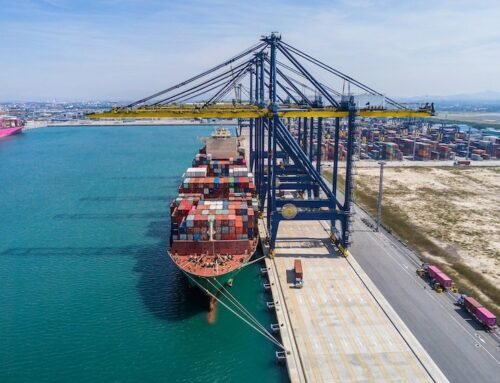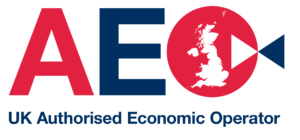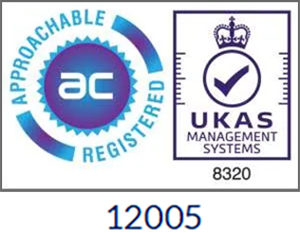Vessel ETAs continue to be hampered by carriers holding back vessel arrivals to Europe and the UK to manage congestion, while equipment shortages across China remain challenging. Supply constraints from blank sailings surpass typical seasonal demand, contributing to a further increase in market rates.
Current Market Conditions
Port congestion throughout Europe has led carriers to delay vessel arrivals, causing ongoing disruptions to ETA schedules. This has impacted the availability of empty containers needed in Asia, resulting in significant equipment shortages across major Chinese ports. These challenges are unfortunately extending transit times from Asia to the UK via the Cape of Good Hope.
Capacity Constraints Driving Up Rates
To manage the gap between planned supply and normal seasonal demand, carriers are continuing with blank sailings on Asia-Europe routes, further reducing available capacity. Delays in vessel returns to Asia have compounded this effect, placing upward pressure on freight rates, which have risen again this week.
Significant ETA Changes
To alleviate congestion, carriers continue to delay vessel arrivals by 10 to 25 days, aiming to ease the strain on European ports. These delays have made ETAs less predictable, creating temporary instability and diminishing schedule reliability. Although we hope this measure will be short-term, it’s possible the delays may persist until port conditions improve.
Congestion at Felixstowe Port
At the Port of Felixstowe, congestion continues to be a significant issue. To address this, carriers have adjusted vessel rotations, with some choosing to call at European ports first, before arriving at Felixstowe. We are also experiencing a number of vessel diversions to London Gateway and Southampton ports and expect this to continue over the coming weeks.
Equipment Availability in China
Delays in vessel arrivals in Europe are leading to late departures back to Asia, disrupting the flow of equipment and reducing availability in China. The initial equipment shortages, which started in Ningbo and Shanghai, have now extended to other key Chinese ports, including Qingdao in the north and Yantian in the south. This scarcity, particularly for 40-ft HC containers, is expected to persist for a number of weeks until vessels return with empty containers. To mitigate the impact, we’re arranging pick-ups from alternative ports when feasible to keep cargo moving.
With these ongoing supply chain challenges impacting transit times and port schedules, shipment arrival times on Asia-Europe routes remain uncertain. We’re monitoring the situation closely and will keep you updated as conditions evolve.
If you have any questions or concerns regarding your shipment, please don’t hesitate to contact our Customer Service Team at 01376 533039 or email [email protected]

